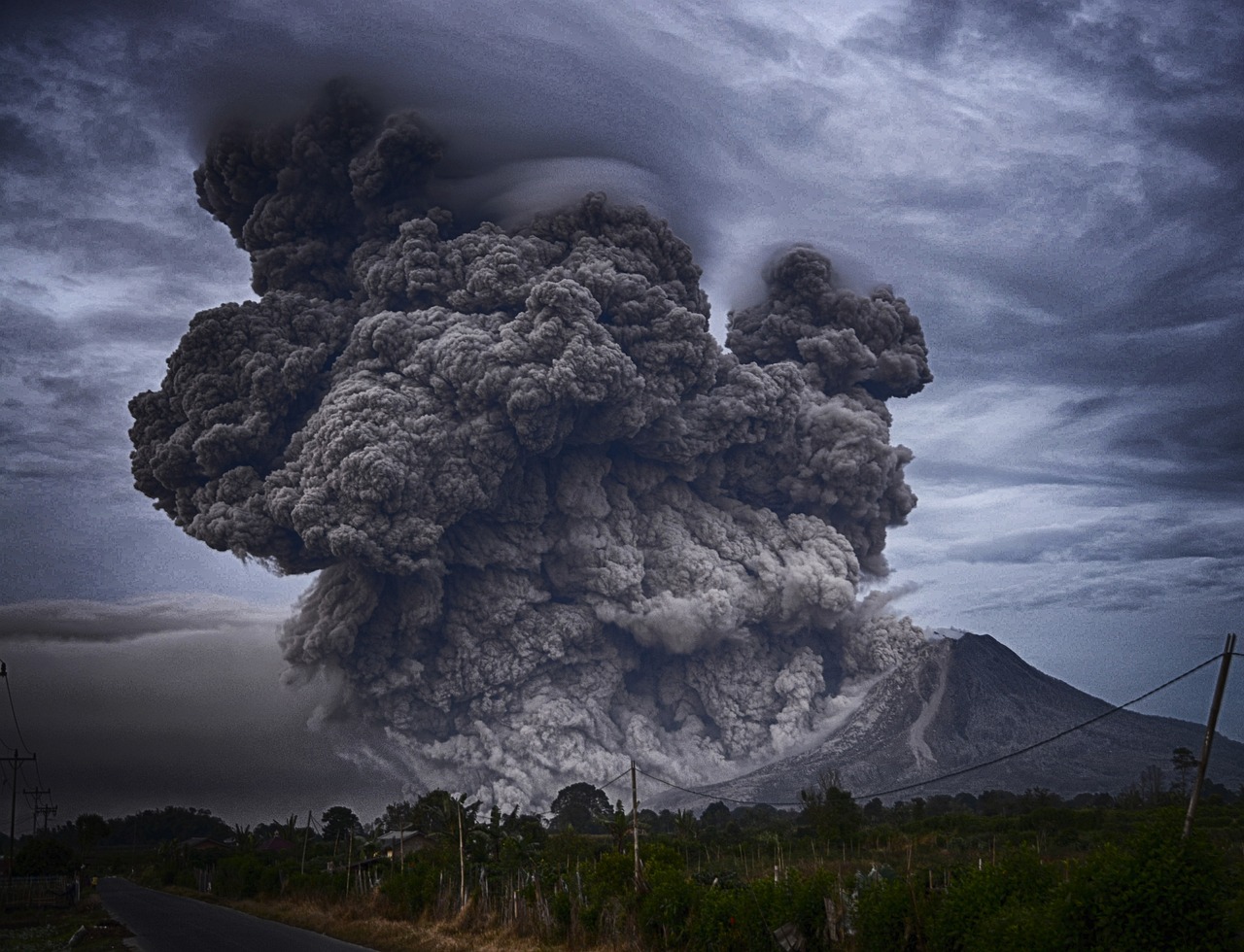
Pre-reading questions:
- What comes to mind when you hear the term “volcanic eruption”?
- How do you think volcanic eruptions can impact the surrounding areas and communities?
Vocabulary:
- lagoon /luh-GOON/
- movement /MOOV-muhnt/
- assess /uh-SES/
- peninsula /puh-NIN-suh-luh/
- witness /WIT-nis/
[noun] – a shallow body of water separated from a larger body of water by sandbars or coral reefs
The tourists enjoyed swimming in the clear, warm waters of the lagoon.
[noun] – the act, process, or result of moving or being moved
The slow movement of the glacier fascinated the onlookers.
[verb] – to evaluate or make a judgment about something
The teacher will assess your understanding of the lesson through a quiz.
[noun] – a piece of land almost surrounded by water but still connected to the mainland
The town was located on a beautiful peninsula with stunning views of the ocean.
[verb] – to see something happen, especially an accident or crime
The curious residents gathered at the edge of the town to witness the spectacular display of molten rock shooting into the night sky during the volcanic eruption.
Article reading:
The Meteorological Office indicated that seismic activity and GPS measurements suggested the magma’s southwest movement, hinting at a potential continuation of the eruption towards Grindavik. With a lava flow measuring 100 to 200 cubic meters per second—surpassing previous eruptions in the region—local police heightened their alert, urging people to stay away while emergency crews assessed the situation. Iceland, positioned on tectonic plate boundaries, faces challenges in predicting eruptions despite frequent seismic and volcanic events. Grindavik residents had experienced a previous evacuation in mid-November due to seismic activity, which subsided later. The Reykjanes peninsula, prone to eruptions, witnessed notable events in March 2021, August 2022, and July of the previous year.
Comprehension questions
- What natural events preceded the volcanic eruption in Iceland on December 23, 2023?
- Why did the authorities evacuate the town of Grindavik during the volcanic eruption?
- How did the volcanic activity affect Keflavik International Airport?
- According to the Meteorological Office, what did seismic activity and GPS measurements suggest about the magma’s movement?
- What challenges does Iceland face in predicting volcanic eruptions, despite frequent seismic and volcanic events?
Discussion questions
- Have you ever experienced a natural disaster like a volcanic eruption or earthquake? If so, how did it impact your life? If not, have you ever been in a situation where you had to be evacuated for safety reasons?
- Do you live in an area prone to certain natural events, such as earthquakes or floods? How do people in your community prepare for such situations?
- Do you agree that living in areas prone to natural disasters comes with unique challenges?
- Considering the frequency of volcanic activity in Iceland, what measures do you think the government could take to enhance preparedness and minimize the impact on residents?
- How might advancements in technology help in predicting and responding to volcanic eruptions, especially in regions like the Reykjanes peninsula?